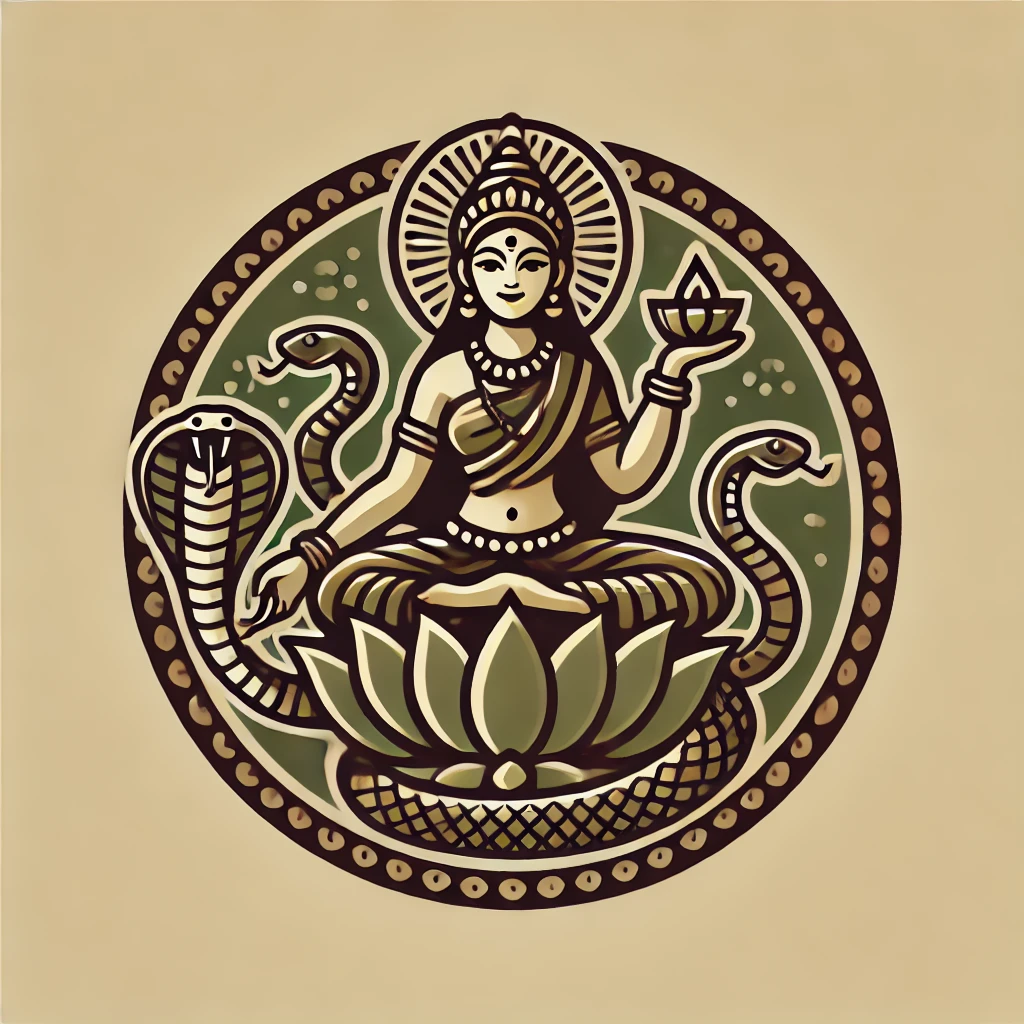Sikkhim Tour

1. Natural Beauty:
- Mount Kanchenjunga: Offers stunning views of the world’s third-highest peak, revered as sacred by the locals.
- Lakes: Tsomgo (Changu) Lake, Gurudongmar Lake, and Khecheopalri Lake are popular for their serene beauty.
- Waterfalls: Sikkim is dotted with waterfalls like Banjhakri Falls, Seven Sisters Waterfalls, and Kanchenjunga Falls.
- Valleys and Meadows: Lush green valleys such as Yumthang Valley and Zemu Glacier offer scenic trekking and nature walks.
2. Adventure Tourism:
- Trekking: Famous trekking routes include Goechala, Dzongri, and Yuksom. These trails offer panoramic views of the Himalayas and dense forests.
- Paragliding: Gangtok and its surroundings offer paragliding experiences with stunning views of the mountains.
- River Rafting: The Teesta River is a hotspot for thrilling rafting adventures.
- Mountain Biking: Sikkim’s rugged terrain and scenic landscapes are perfect for mountain biking enthusiasts.
3. Cultural Heritage:
- Monasteries: Sikkim is home to ancient Buddhist monasteries such as Rumtek, Pemayangtse, and Tashiding. These are centers of spiritual learning and architectural beauty.
- Festivals: Major festivals include Losar (Tibetan New Year), Saga Dawa (Buddhist festival), and Lhabab Duchen (Buddha’s descent from heaven).
- Handicrafts: Traditional Sikkimese handicrafts, including carpets, masks, and wooden artifacts, are widely available in local markets.
4. Eco-Tourism and Organic Farming:
- Sustainable Tourism: Sikkim promotes eco-friendly tourism, with strict regulations to preserve its natural environment.
- Organic State: Sikkim is India’s first fully organic state, with all farming practices being organic and sustainable.
- Flora and Fauna: The state is rich in biodiversity, with rare species such as red pandas, snow leopards, and rhododendron forests.
5. Spiritual Tourism:
- Pilgrimage Sites: In addition to Buddhist monasteries, Hindu pilgrimage sites like Solophok Chardham and Kirateshwar Mahadev Temple attract spiritual seekers.
- Nathu La Pass: A historic mountain pass along the Indo-China border that holds geopolitical and cultural significance.
6. Gangtok – The Capital City:
- MG Marg: The central shopping and cultural hub of Gangtok, known for its cleanliness and pedestrian-only streets.
- Tashi View Point: Offers panoramic views of the Kanchenjunga range.
- Namgyal Institute of Tibetology: A center dedicated to the study of Tibetan Buddhism and Tibetan culture.
7. Flora and Fauna:
- Flower Valley: The state is famous for its rich variety of flowers, particularly the rhododendron. The Yumthang Valley is also known as the “Valley of Flowers.”
- Wildlife Sanctuaries: Protected areas like Khangchendzonga National Park (a UNESCO World Heritage site) host unique species of animals and plants.
8. Weather and Climate:
- Pleasant Climate: Sikkim has a cool, temperate climate, making it an ideal destination year-round, especially for travelers seeking to escape the summer heat of the plains.
- Snow in Winter: Higher altitudes like Lachung and Lachen experience snowfall, making them winter wonderlands for tourists.
9. Cuisine:
- Local Dishes: Sikkim offers a variety of delicious food, including Momos (dumplings), Thukpa (noodle soup), Phagshapa (pork dish), and Gundruk (fermented leafy greens).
- Local Drinks: Chhang, a local alcoholic beverage, is quite popular during festivals and celebrations.
10. Accessibility and Travel:
- By Air: The nearest airport is Pakyong Airport (Gangtok) or Bagdogra Airport (West Bengal), well connected to major Indian cities.
- By Road: Well-connected roads link Sikkim to Siliguri, Darjeeling, and other parts of the region.
- By Rail: The nearest railway station is New Jalpaiguri (NJP) in West Bengal, from where travelers can drive up to Sikkim.
This comprehensive overview highlights Sikkim as a destination that offers a mix of natural beauty, adventure, culture, and spirituality, making it one of the most unique and captivating places to visit in India.

